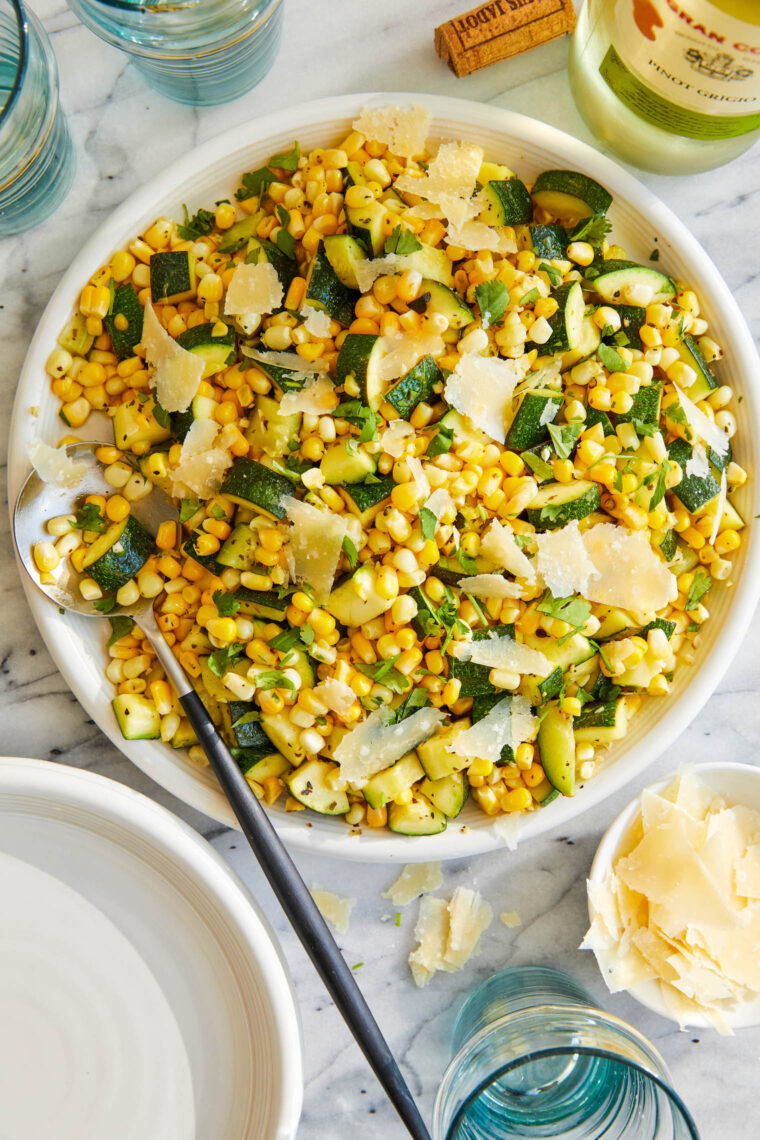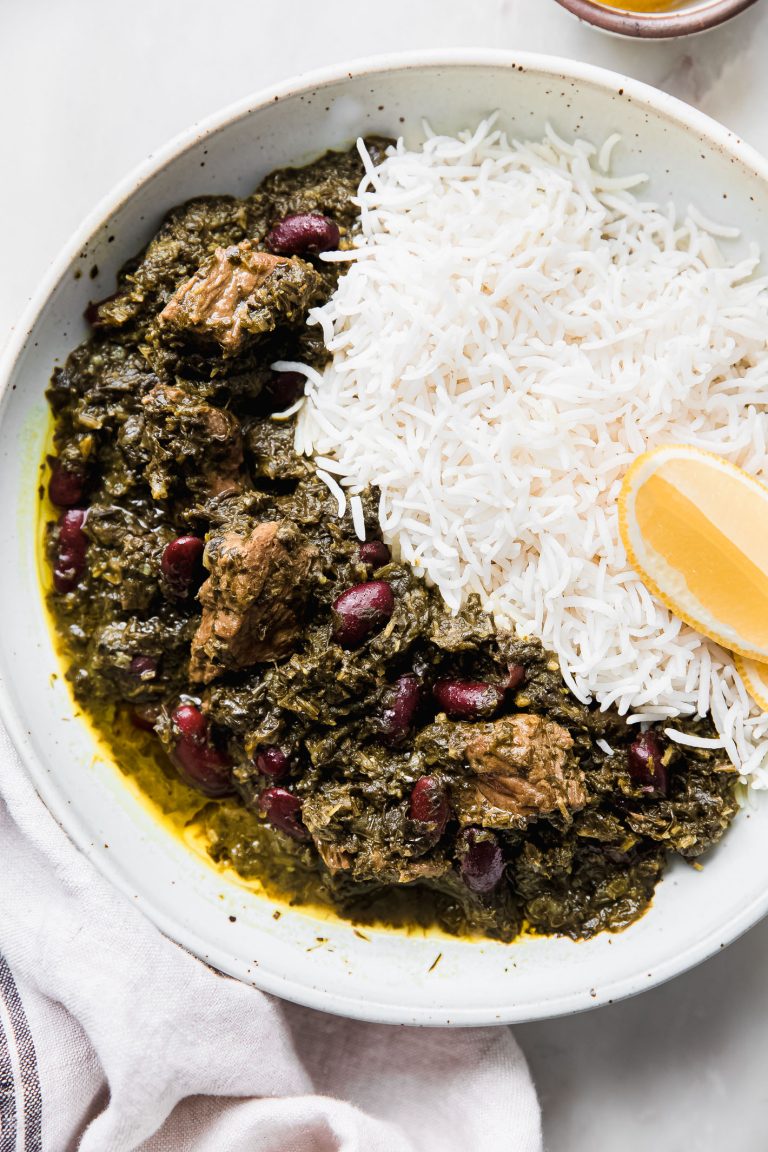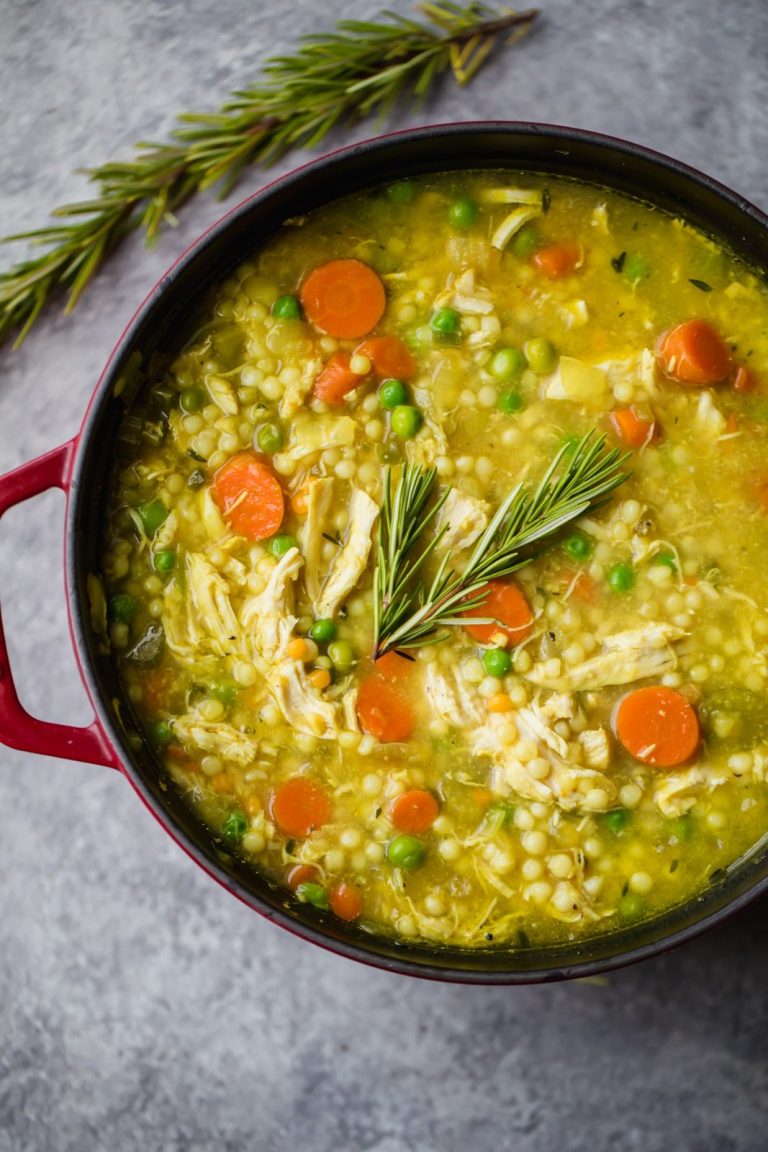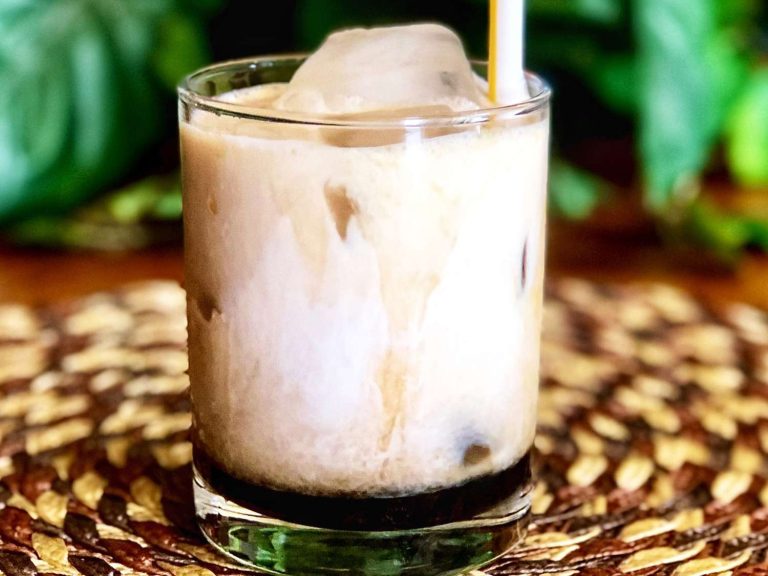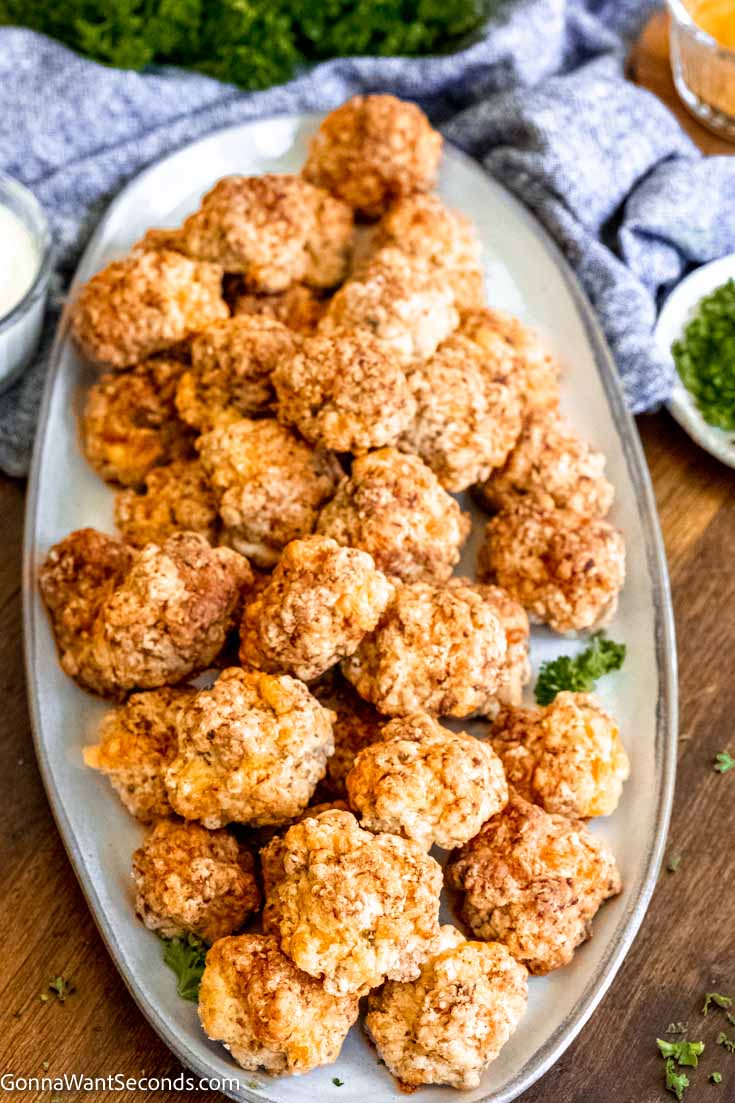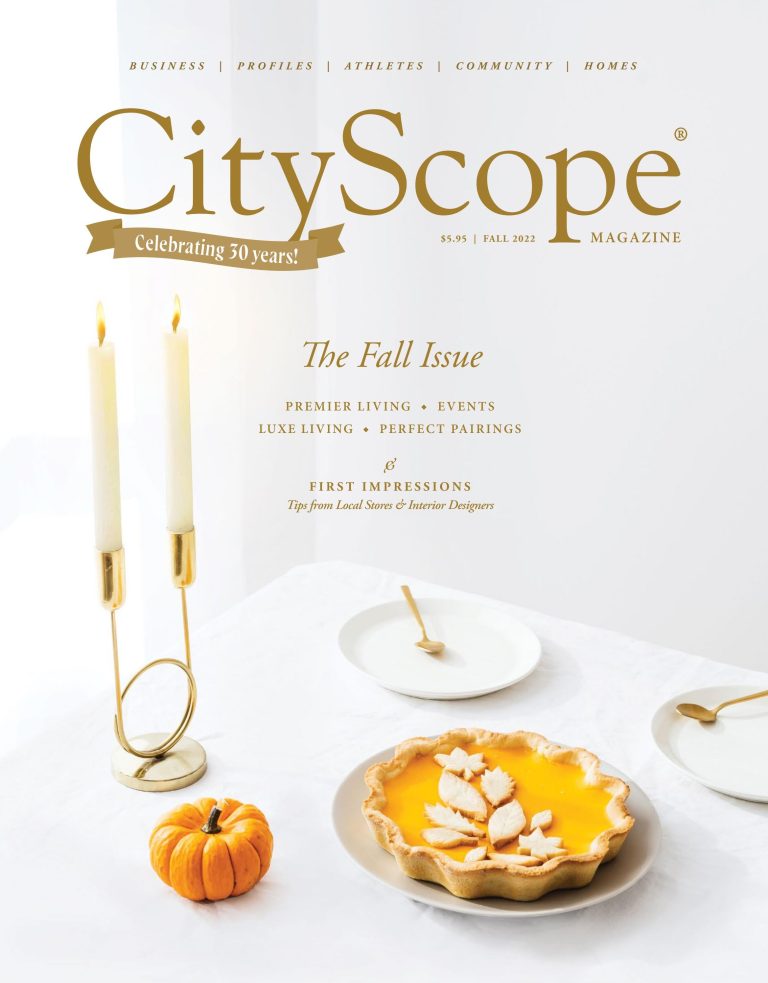Norwegian Lefse: A Guide to Traditional and Modern Recipes
Norwegian Lefse dates back to the 18th century. Originally, Norwegians made this flatbread using leftover potatoes, an essential crop in Norway. Early records show that Lefse served as a practical food for long journeys. Over time, families started creating unique Lefse recipes, adding regional flavors and techniques. Today, traditional Lefse retains its roots in simplicity while showcasing Norway’s culinary heritage.
Cultural Significance
Lefse holds deep cultural significance in Norway. Families often come together during holidays and festivals to make and enjoy Lefse. For Christmas, it’s a staple, served with butter, sugar, and cinnamon. In gatherings, you might see Lefse rolled with savory or sweet fillings, making it highly versatile. Its role extends beyond meals; Lefse-making is a social activity that bonds generations. By embracing Lefse, you’re partaking in a tradition that brings Norwegian communities closer.
Key Ingredients and Tools
Traditional Ingredients
To make authentic Norwegian Lefse, you’ll need precise ingredients. Potatoes form the base, typically Russet or Yukon Gold varieties. Mash the potatoes after boiling for a smooth texture. Flour is essential to create the dough’s structure; all-purpose flour works best. Use room temperature butter to mix with the mashed potatoes, ensuring a rich and tender Lefse. Add sugar and salt for a subtle flavor balance. Some recipes might include milk or cream to adjust the dough’s consistency.
Key Ingredients:
- Potatoes (Russet or Yukon Gold)
- All-purpose flour
- Butter (room temperature)
- Sugar
- Salt
Essential Equipment for Making Lefse
Crafting Lefse requires specific tools for authenticity and ease. A large, flat griddle ensures even cooking; electric griddles offer consistent temperatures. Use a rolling pin, ideally with grooved or cloth covers, to roll the dough into thin rounds. A Lefse stick, a long wooden tool, helps flip without tearing. A potato ricer ensures lump-free mashed potatoes; an alternative is a food mill. Cooling racks prevent steaming and keep Lefse crisp.
- Large flat griddle (electric preferred)
- Rolling pin (with grooved or cloth covers)
- Lefse stick (long wooden tool)
- Potato ricer (or food mill)
- Cooling racks
These ingredients and tools form the backbone of creating perfect Norwegian Lefse, enabling you to produce consistent, authentic results each time.
The Lefse Making Process
Step-by-Step Guide
Start your Lefse making journey by boiling 2 pounds of potatoes until tender. Peel and rice the potatoes using a potato ricer. Once the potatoes cool, mix in 1/2 cup of butter, 1/3 cup of heavy cream, 1 1/2 teaspoons of salt, and 1 tablespoon of sugar. Chill this mixture for at least 4 hours or overnight.
Incorporate 1 1/2 cups of flour into the chilled potato mixture. Divide the dough into 12 equal portions. Preheat your Lefse griddle to 400°F. Roll each dough ball into a thin circle using a rolling pin with a floured surface.
Carefully transfer the rolled dough onto the griddle using a Lefse stick. Cook each side for about 1-2 minutes until golden spots appear. Place the cooked Lefse on a cooling rack to prevent them from becoming soggy.
Tips for Perfect Lefse
Choose starchy potatoes like Russets for a smoother texture. Thoroughly chill the potato mixture for easier rolling. Avoid over-flouring the dough to prevent it from becoming tough. Use a Lefse stick to handle the dough without tearing. Cook Lefse on a preheated griddle for consistent results. Store Lefse between damp towels to keep them soft and pliable before serving.
Variations of Lefse
Regional Differences
Norwegian Lefse showcases diverse regional variations, reflecting local tastes and traditions. In central Norway, you might encounter Potetlefse, a potato-based Lefse served with butter and sugar. Northern regions often feature Tynnlefse, a thinner version enjoyed with savory fillings like fish or cured meats. Western Norway offers Hardangerlefse made with graham flour, giving it a hearty texture and often paired with cream and cinnamon. Coastal areas favor Krotekake, a thicker Lefse cooked on an open hearth, retaining a rustic flavor.
Modern Twists on the Traditional Recipe
Contemporary chefs and home cooks reinvent traditional Lefse by infusing global flavors and innovative ingredients. Some popular modern twists include gluten-free Lefse substituting wheat flour with rice or almond flour, appealing to those with dietary restrictions. Sweet potato Lefse, using mashed sweet potatoes, adds a unique sweetness and vibrant color. Another creative variation involves incorporating herbs like rosemary or dill into the dough, introducing new aromatic dimensions. These modern adaptations maintain Lefse’s cultural essence while updating it for today’s diverse culinary landscape.
Serving and Eating Lefse
Traditional Accompaniments
Lefse often pairs with traditional accompaniments to enhance its flavor. Butter, sugar, and cinnamon are common toppings in Norway. Spread softened butter over the warm Lefse, sprinkle with sugar and cinnamon, then roll it up for a sweet treat. Another classic combination involves spreading Lefse with lingonberry jam, adding a tangy contrast to the flatbread’s mild taste. You can also enjoy Lefse with savory options, like cured meats and cheese, making it a versatile dish suited for both sweet and savory palates.
Creative Ways to Serve Lefse
Modern variations offer creative ways to serve Lefse. For a festive appetizer, wrap Lefse around smoked salmon and cream cheese, garnished with dill. Use Lefse as a unique substitute for tortillas in wraps or burritos, filling with your favorite ingredients. Dessert Lefse can be made by filling it with Nutella and fresh fruits, creating a sweet, indulgent snack. Consider making Lefse chips by cutting the flatbread into wedges, brushing with olive oil, sprinkling with sea salt, and baking until crisp for an innovative take on this classic.
Conclusion
Norwegian Lefse isn’t just a flatbread; it’s a culinary tradition that connects generations and regions. Whether you’re sticking to classic recipes or experimenting with modern twists, Lefse offers endless possibilities. From traditional accompaniments like butter and lingonberry jam to innovative pairings with smoked salmon or Nutella, this versatile dish is sure to delight. So grab your rolling pin and griddle, and start your own Lefse-making journey. You’ll not only enjoy a delicious treat but also become part of a cherished cultural legacy.

